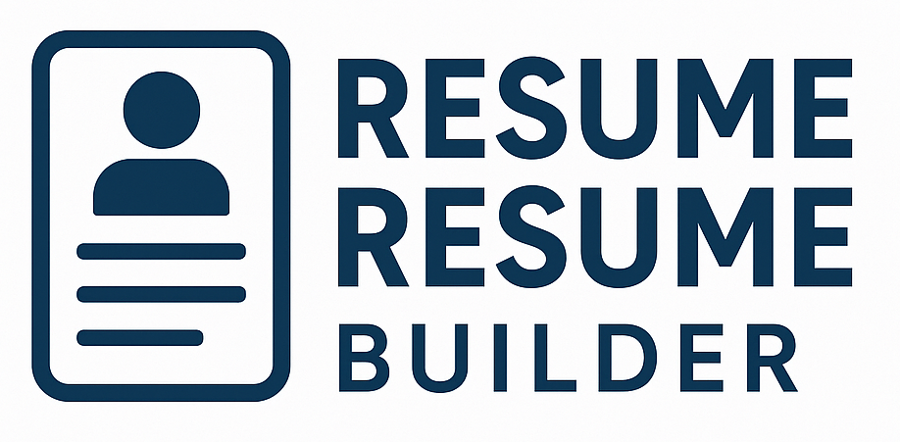Integrating Your Online Portfolio or Personal Website with a Resume Builder Template
October 25, 2025 at 4:59 pm
In today’s digital-first job market, your resume is just one part of a broader professional ecosystem. Recruiters no longer rely solely on static PDFs — they want to see your work, your skills in action, and your online presence. That’s where integrating your online portfolio or personal website with a resume builder template becomes a strategic advantage. Done correctly, this integration can make your application stand out, strengthen your credibility, and give employers a dynamic view of what you can do.
1. Why an Online Portfolio Matters
An online portfolio goes beyond listing achievements — it demonstrates them. Whether you’re a designer showcasing visual projects, a marketer presenting campaign analytics, or a software developer displaying code samples, a personal website acts as living proof of your abilities. When integrated into your resume, it invites hiring managers to explore your professional identity further. A well-placed portfolio link can instantly turn curiosity into engagement.
2. Choose a Resume Builder Template that Supports Links
Before creating your resume, ensure your builder allows clickable links in sections like contact details, project highlights, or summaries. Most modern resume builders now support this functionality, enabling you to insert your website or portfolio URL cleanly and elegantly. Avoid long, complex URLs — if possible, use a custom domain name (for example, www.JaneDoePortfolio.com
) to convey professionalism and make it easier for recruiters to remember.
3. Placement is Key: Make the Link Visible
Your portfolio link should be easy to find — ideally, near your name or contact information at the top of your resume. Some professionals also include it in their professional summary or as part of a project section. For creative roles, it’s often worth mentioning your website more than once to encourage clicks. The goal is to make it effortless for a recruiter to access your work with a single glance.
4. Ensure Design Consistency Between Resume and Portfolio
Your resume and website should reflect the same personal brand. Consistency in typography, color scheme, and tone gives a polished impression and reinforces your professional identity. For example, if your resume uses minimalist fonts and neutral tones, avoid a portfolio that’s overly colorful or cluttered. Resume builders with customizable templates allow you to design a cohesive aesthetic that matches your online presentation.
5. Align Your Content for Maximum Impact
Think of your resume as a gateway to your portfolio — not a repetition. The resume should summarize key projects, while your website provides depth and visuals. If you mention “Redesigned corporate branding for X Company,” your portfolio should feature before-and-after visuals or case studies detailing your role, tools used, and measurable results. This alignment between the two platforms demonstrates both attention to detail and transparency.
6. Optimize for Mobile and ATS Compatibility
Recruiters often view resumes on mobile devices, and some ATS (Applicant Tracking Systems) may strip hyperlinks. That’s why your portfolio link should be short and readable even if it isn’t clickable. For example: Portfolio: JaneDoePortfolio.com. Always test how your resume appears in PDF format and across devices. A seamless digital experience reflects professionalism and tech awareness — traits highly valued in most industries today.
7. Showcase a Variety of Work Samples
If you’re integrating a personal website, make sure it showcases your versatility. Include projects from different roles, industries, or skill sets to show growth and adaptability. For freelancers or gig workers, categorize your portfolio sections clearly — for instance, “Brand Design,” “Content Strategy,” or “Web Development.” This helps employers find relevant examples quickly.
8. Include Testimonials and Metrics
A personal website allows you to display client feedback, performance metrics, or awards that wouldn’t fit on a one-page resume. For example, include a section for client testimonials or case studies that highlight measurable outcomes such as “Increased engagement by 45%” or “Reduced costs by 20%.” Linking these achievements directly from your resume adds authenticity to your claims.
9. Keep Both Platforms Updated
Your resume and portfolio should evolve together. Whenever you add new projects or certifications, update both places. Recruiters notice outdated content quickly, and a mismatch between your resume and website can appear careless. Many resume builders allow you to re-export updated versions easily — take advantage of that flexibility.
10. Use Analytics to Track Engagement
Finally, make your online presence work for you. By integrating tools like Google Analytics on your personal website, you can track how many visitors arrive via your resume link. These insights can help you understand which roles or platforms generate the most attention, guiding your future applications.
Integrating your online portfolio or personal website with a resume builder template transforms a standard resume into an interactive professional showcase. It tells employers not only what you’ve done, but also how you’ve done it — through visuals, data, and real examples. In a competitive job market where first impressions matter more than ever, this approach signals creativity, initiative, and a deep understanding of digital professionalism. Your resume becomes not just a summary, but a gateway to your story.
